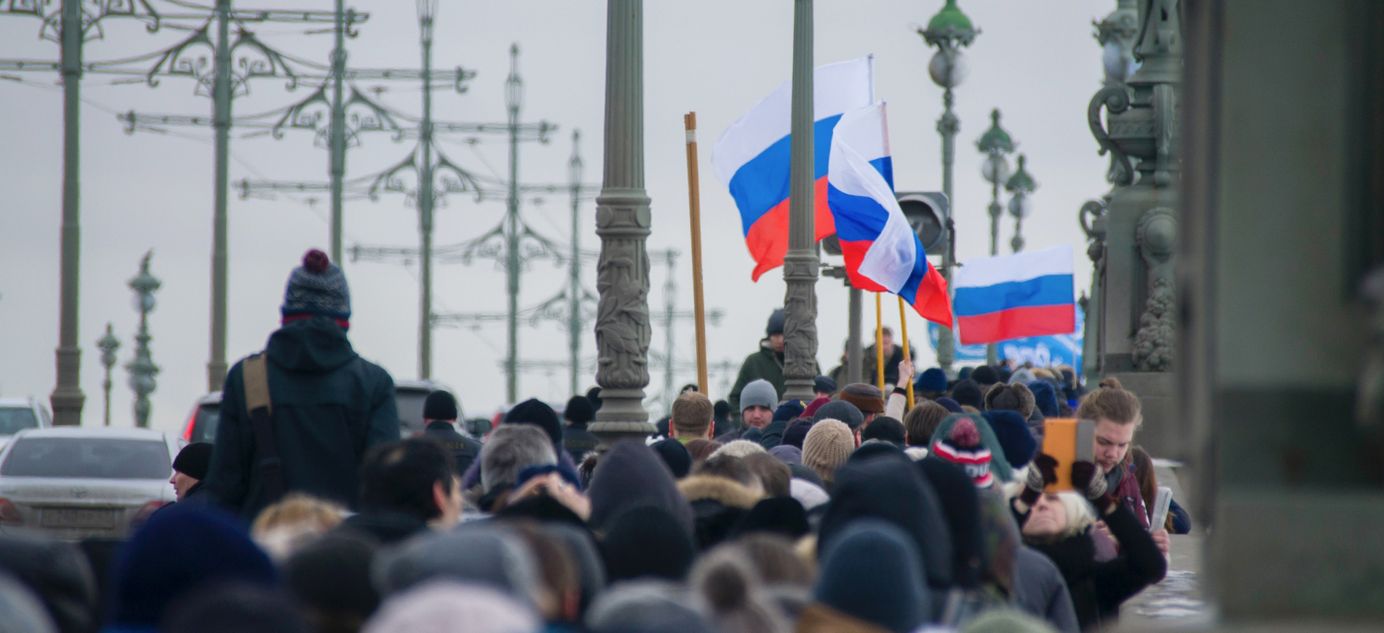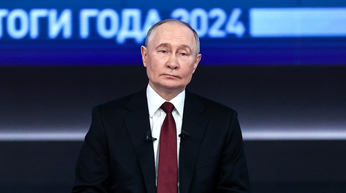
Can the Russian Armed Forces destroy Ukraine’s electricity infrastructure?
After the explosion on the bridge linking Russia and annexed-Crimea and the appointment of General Sergei Surovikin as commander of the Russian forces in Ukraine, Russia’s Armed Forces last week resumed large-scale missile strikes on Ukraine. The main aim was to destroy the country’s energy infrastructure. However, over a week of bombing showed that this goal will not be easy for Russia’s military to achieve with its current resources.
What’s going on?
Russian rockets targeted several Ukrainian cities, including Kyiv, throughout last week, inflicting serious damage on Ukraine’s energy infrastructure. And they continued the barrage of missiles Monday with strikes on targets all over the country. Civilian deaths have been reported since the beginning of this military escalation (the official figures on Oct. 10 alone suggested that 23 people were killed and injured).
Disabling Ukraine’s energy grid was always seen as an option for Moscow if it wanted to step up the pressure. Another option was to hit bridges and logistics centers to disrupt the flow of Western military aid, but Moscow has yet to attempt this. The recent missile strikes are clearly intended to sap Ukraine’s will to fight by causing a winter energy crisis.
The most significant results came in the first couple of days, when the Russian army did not spare its missiles. In two days — Oct. 10 and Oct. 11 — Russian strikes damaged 30 percent of Ukraine’s power infrastructure, Energy Minister German Galushchenko told CNN. As a result, more than 3,500 settlements were left without electricity. On those days, all of Ukraine’s major cities, including Kyiv, experienced rolling black-outs and the government urged people not to use energy-intensive appliances in the evenings.
The Ukrainian military responded by attacking Russian targets in border regions within range of its artillery, but they had less impact. The biggest attack was on Belgorod, where a missile fragment hit an apartment block Thursday and a nearby munitions dump exploded. On Friday, an electricity sub-station caught fire after a second raid.
Could Russia turn out the lights in Ukraine?
Russia is “launching attacks that inflict maximum damage to our energy system,” Alexander Kharchenko, an advisor to Ukraine’s Energy Ministry, told Ukrainian Forbes last week. He said the main aim of the strikes was to “break the power grid into disconnected pieces” and pointed out that it is not power plants that are being targeted — more the key substations that connect the grid and enable power to be diverted to where it is needed. It’s a sensible tactic because transformers are easier to destroy with a single strike and they are so numerous that air defenses cannot hope to protect them all, according to Kharchenko.
However, for this tactic to succeed, it’s necessary to maintain regular attacks over a long period of time. This makes urgent repairs impossible and prevents back-up systems from being implemented. It seems that, in the first week of bombing, Russian forces failed to achieve this. Figures from the Ukrainian general staff suggest that, on Oct. 10, Russia launched 61 missiles at Ukrainian territory; on Oct. 11 it launched 29; three on Oct. 12; two on Oct. 13; and three more on Oct. 14. While Russian President Vladimir Putin said Friday that there was “no longer any need” for further such strikes on Ukraine, reports suggested that, in addition to Kyiv, missiles were launched Monday at targets in Chernihiv, Zhytomyr, Donetsk, Sumy, Dnipro, Mykolaiv, Odesa, and Khmelnytskyi regions.
Western analysts agree that Russia does not have the capacity to maintain attacks on Ukraine at this sort of level for very long. Russia’s forces have limited stocks of precision weapons and cruise missiles. An indirect piece of evidence for this is the reliance on unsuitable weapons: on both Oct. 10 and Oct. 11, Ukrainian cities were attacked with S-300 anti-aircraft missiles. These can be used to hit ground targets, but they are relatively inaccurate. Ian Williams, an expert at the Washington-based Center for Strategic and International Studies, told The Associated Press that using S-300s at ground targets “is like you just fired a rocket into the sky, after which you can only watch and see where it lands.”
Experts admit that there is no reliable data about the number of cruise missiles and drones owned by the Russian military, nor about the current rate of their production. At the start of the war, Ukrainian Forbes reported that Russia had about 7,000 short and medium-range missiles. Reuters calculated that by mid-August Russia had used more than half its resources (3,650 missiles at a rate of 22 per day). We should be cautious about relying on these figures, but the real state of affairs is unlikely to differ wildly.
Meanwhile, Russia is trying to replenish its stocks from Iran. Iranian drones were used to attack Kyiv on Monday and, the day before, The Washington Post cited U.S. military sources suggesting Tehran might sell Moscow Fateh-110 and Zolfaghar surface-to-surface missiles.
Why the world should care
Even assuming Russia’s strikes on Ukraine’s energy grid are effective and Iran’s rockets can restock the Russian arsenal, this will not have an immediate effect. Moscow sees missile strikes as a way to drag Kyiv to the negotiating table, not change the situation on the battlefield. But talks will not happen in the foreseeable future. In the coming months, both sides will attempt to get in the best position possible to sit out the winter.





